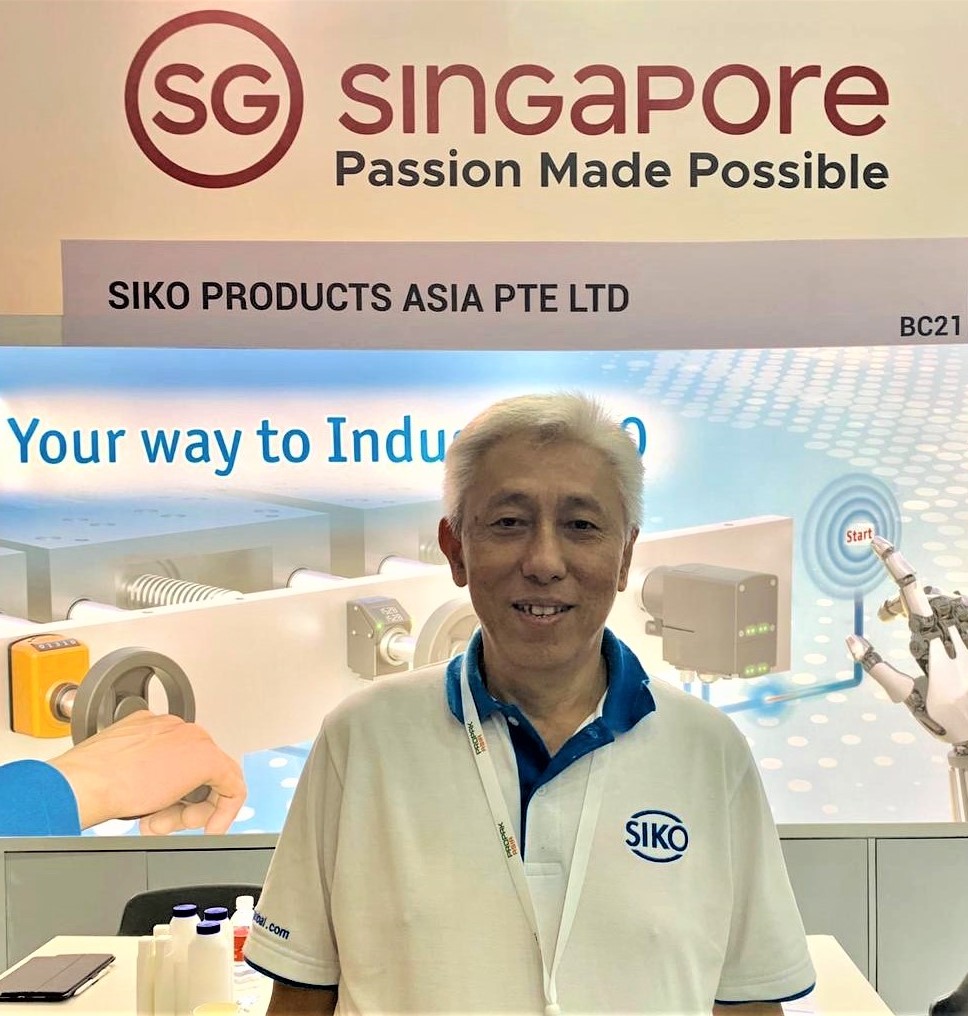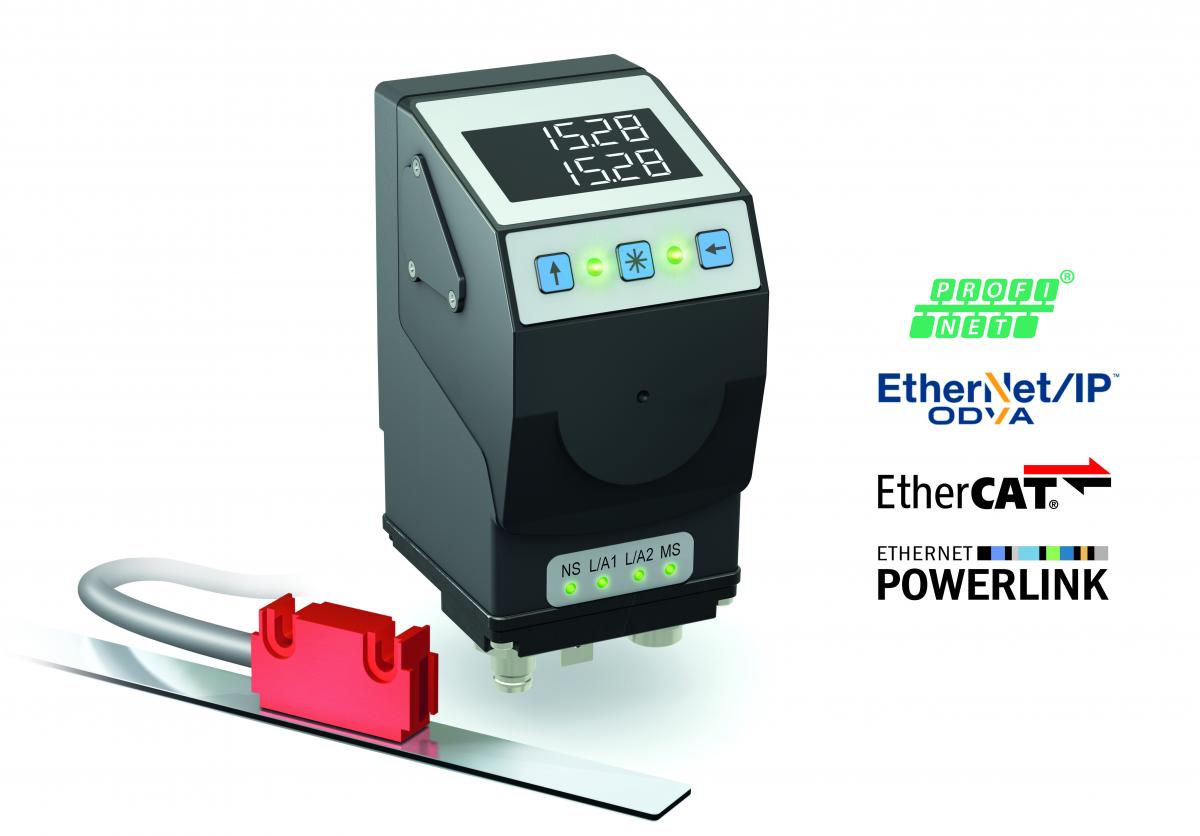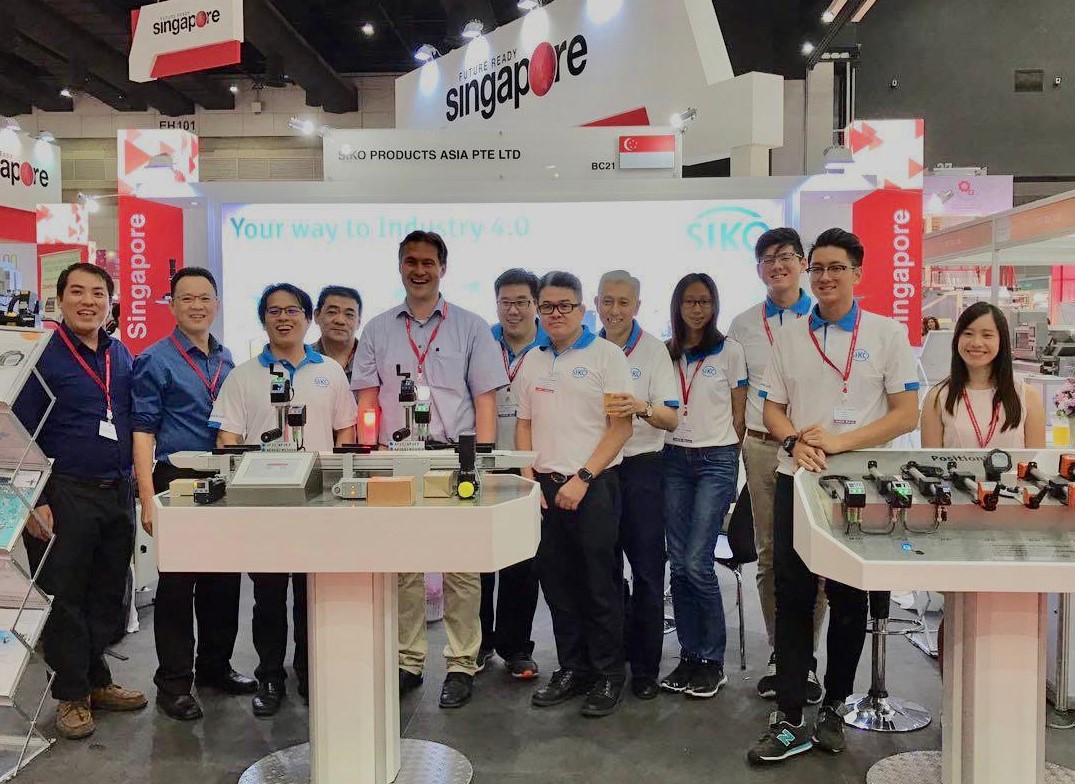SIKO, manufacturer of industrial measurement and drive technology, expects the use of intelligent systems to continue growing in Southeast Asia (SEA), and is very confident of efficient adoption as well.
“I think industrial customers in Southeast Asia are actually moving towards all these intelligent systems or what we call smart machines or smart factories,” said Jacky Tan, General Manager of SIKO Products Asia Pte Ltd.
“They know that the systems help monitor and increase the efficiency of their production processes. But some questions remain such as how to make machines more intelligent and predictive in terms of their performance. That’s why systems such as the AGVs and robotics are being included in our trainings for industries in Southeast Asia. All of these technologies are necessary and we need to take advantage of them,” he said.

Jacky Tan, General Manager of SIKO Products Asia Pte Ltd
Human and machine connection
However, not everyone is excited about the necessary skill-set and technology upgrade or the increasing need for human-machine cooperation and collaboration—all of which are needed to increase productivity, safety, and efficiency.
In fact, two things are crucial to the production process: the readiness level of users and how the machines have been accepted and adapted. While all these involve cost, adopting new technology benefits companies in the long term, helping them to plan and overcome new challenges and developments ahead, Mr. Tan said.
Position indicators
SIKO operates worldwide and has subsidiaries in Switzerland, Italy, China, Singapore and the United States. The company focuses on developing, manufacturing and distributing a diverse range of standard devices and customer-specific OEM products. Its offerings for the food and beverage industry include the AP20S position indicator, which allows users to evaluate the status of a device and store process data. It is used for linear adjustments in flexible production machines including those used in packaging, woodworking, and printing.

AP20S position indicator
Providing easy interface, the AP20S connects with a linear magnetic sensor via external connection to track the position of linear guides and slide adjustments in machines. At the adjustment position, users can actually see the target and actual position, and such information is fed to the main machine controls.
Other user-friendly features include an inverted, backlit LCD that makes information readable even in unfavorable lighting, and two-colored LEDs, which indicate the position status and direction of rotation needed to reach the intended target position.
The use of bus-compatible position indicators helps avoid incorrect settings, rejects and tool damage whenever production machines need refitting or manual setting to produce or pack smaller batch sizes.
Integration into current control systems from various manufacturers is possible without other accessories. With reduced components and space needed, it ensures a loss-free communication across the boards between the control and sensor level. Its compact size makes AP20S ideal for even monitored size change overs in machines and systems with limited space.
“The indicator is able to capture the actual adjustment of a machine by the operator,” explained Mr. Tan. “The information gathered and the eventual monitoring would provide guidance on whether a machine is well-utilised and maintained in a production line. All these help management evaluate machine efficiency.” He added that the collected information can likewise be uploaded to the Cloud and used for future settings or reference.
Also available from SIKO are the smart AP10 position indicator and the AG03/1 actuator. Their interface enables fast and cost-effective integration via a point-to-point connection that uses uncomplicated I/O connection technology. Fitted with open, manufacturer-independent standard of the IO-Link interface, allows them to conveniently integrate with machine control systems from all leading providers.
IO-Link Master Islands can be used for the modular networking of several AP10 position indicators. Aside from drastically reducing complexity and wiring overheads, it also shortens commissioning times. The straightforward wiring is combined with additional diagnostic features to improve serviceability and reduce downtimes in the event of errors. The IO-Link Master makes it possible to read parameter data from a field device, store it, and load the data on a new, identical device when the old one is replaced—even while the process is still running and without the need for any special expertise.

The SIKO team at ProPak Asia 2019
Growing with the Southeast Asian market
Southeast Asia is teeming with encouraging prospects, that is for sure, according to Mr. Tan, but this region is not easy to penetrate. He cited the challenges in dealing with the different languages and currencies of the region, plus the border crossings and custom clearances needed to visit any of its 10 countries.
With Indonesia as the global 4th largest population, it holds many promises, with many western companies eyeing on this developing market. He said the country is not as advanced at the moment, and may take time to become developed. This will create many opportunities during the process, however, Political and religion stability is still the main concern, citing the unrest in certain region of the country.
Thailand, Singapore and Malaysia, with their growing demand for high-tech equipment, are key markets in the region currently. Vietnam and the Philippines, meanwhile, are strategic markets with growing demands.
“We see a lot of activities happening in Vietnam and the Philippines, but of course both are still dependent on the government driving the economy, and the stability of the political system is another concern.”
On the whole, Mr. Tan expects business in the region to remain bullish. “People are moving up and becoming highly educated. The income level is also increasing. As a result, consumers and enterprises alike are spending big money on technology,” he concluded.
Adidas Nemeziz Messi














